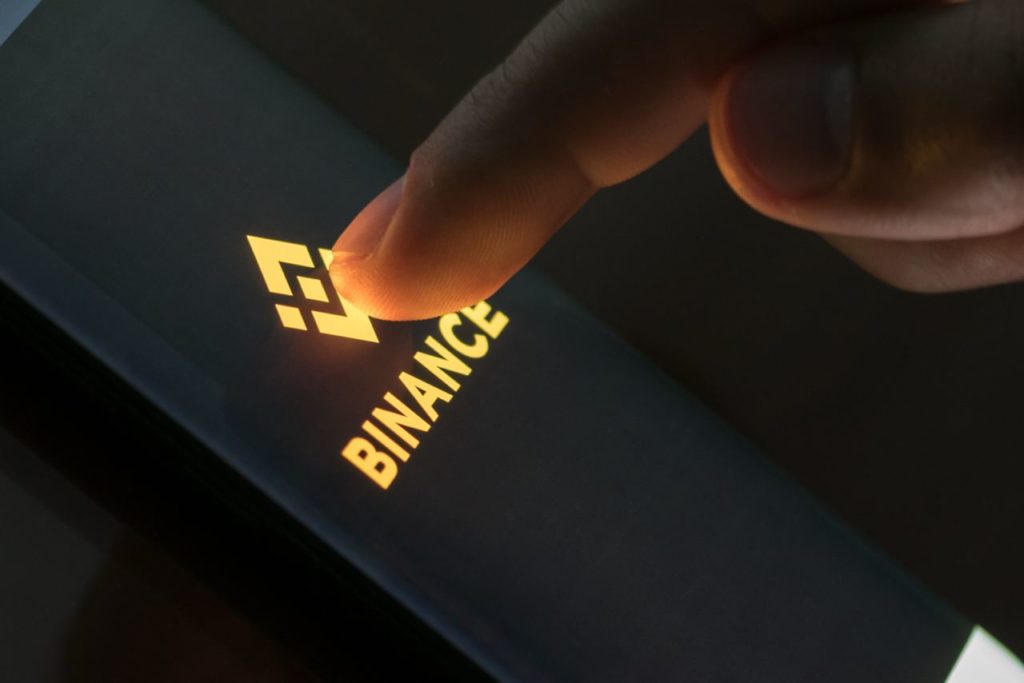Binance, the worldwide blockchain ecosystem that is responsible for the biggest cryptocurrency exchange in terms of trading volume, successfully implemented the world’s first cryptocurrency triparty agreement with a third-party banking partner on November 30, 2023.
The implementation of this solution makes it possible for institutional investors to store trade collateral in the custody of a third-party banking partner, away from the exchange, according to the latest information shared with Finbold.
This is the first in a series of pilot projects initiated by Binance, which is currently the only cryptocurrency exchange offering such a solution.
The company’s aim is to directly tackle the counterparty risk issue, alleviating one of the main concerns among many institutional investors.
“Counterparty risk has long been a concern of institutional investors across the industry. Our team, of crypto natives and traditional finance professionals, has been exploring a banking triparty agreement for more than a year to address their concern.”
said Catherine Chen, Head of VIP and Institutional at Binance
“We’ve developed a solution that ensures our institutional clients can optimize their collateral and cryptocurrency investments, modeled after the traditional markets’ trading conduct”, added Chen.
Banking partners and institutional investors are interested
The developed solution by Binance emulates a structure commonly found in conventional financial markets, allowing investors to adjust their allocation of crypto assets based on their risk tolerance.
However, collateral held with the banking partner can be in the form of fiat equivalent such as Treasury Bills, which has the added benefit of being a yielding asset.
The solution seems to be positively accepted by the financial community, and Binance is in “discussions with an array of banking partners and institutional investors who have also expressed strong interest in participating”, Chan stated.
All in all, the positive reception and ongoing discussions with potential banking partners and institutional investors signify a promising trajectory for the adoption of this pioneering approach.








